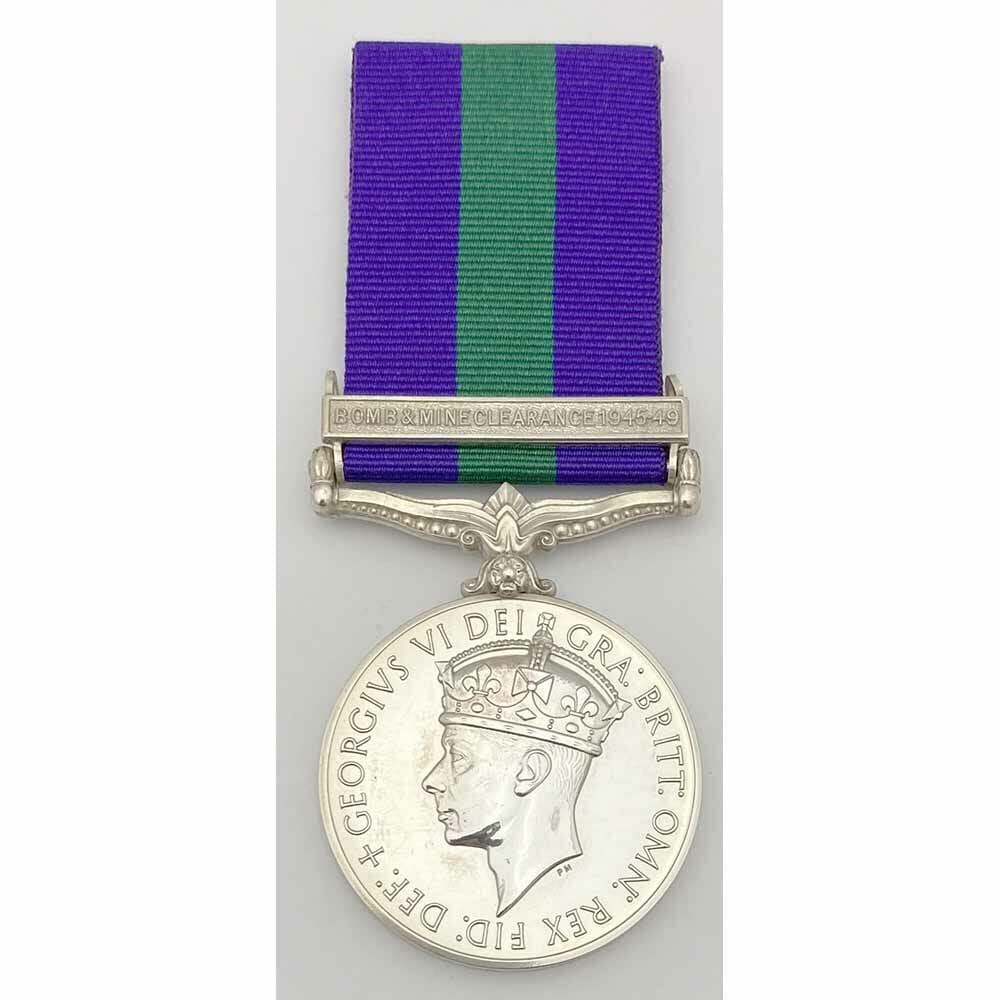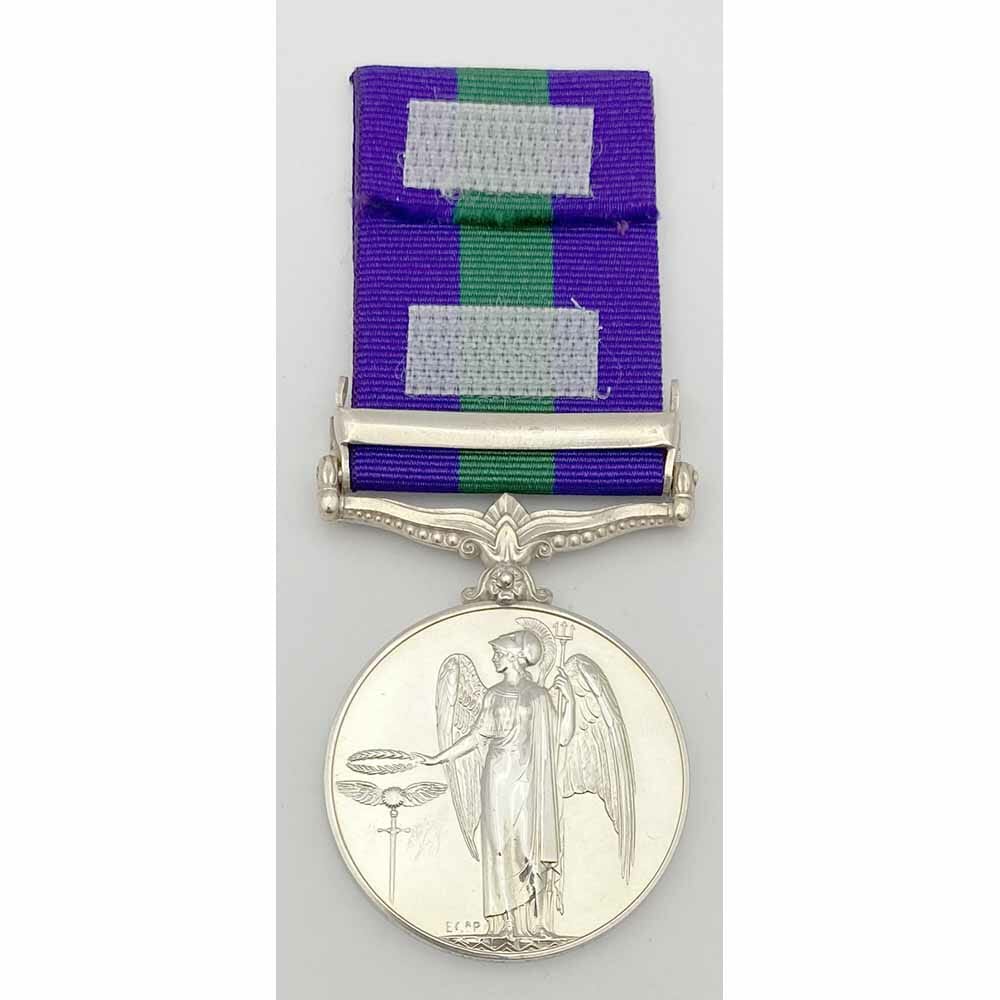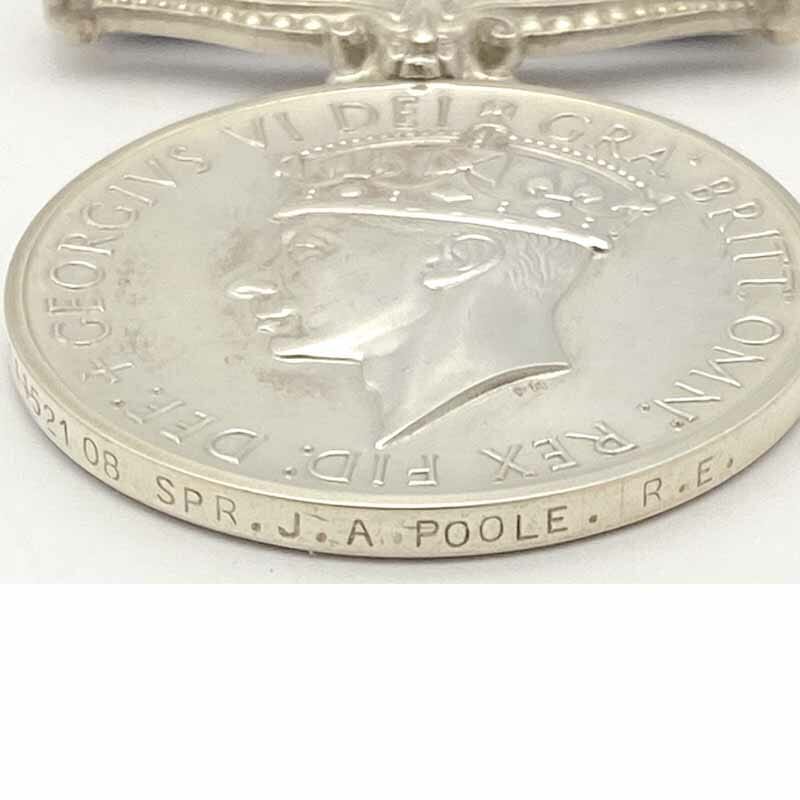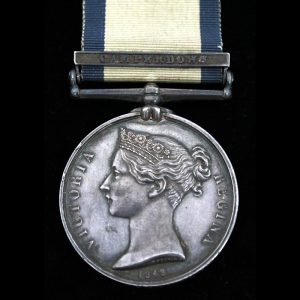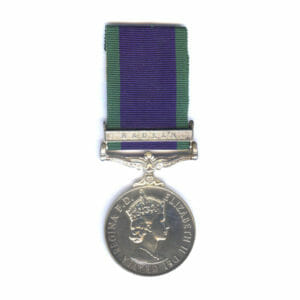Description
General Service Medal, GVI, bar Bomb and Mine Clearance 1945-49, 14452108 Sapper J. A. Poole, Royal Engineers, a member of 16 Bomb Disposal Squadron.
44 members of the 16th Bomb Disposal Squadron R.E. earned the medal and bar, with 6 being decorated with the British Empire Medal for the dangerous work.
Not all the bombs dropped by the Luftwaffe during the war hit their mark or even exploded, leading to a very long campaign throughout the war and for years afterwards to recover and dismantle them, they were hard to track down and some were buried deep under blitzed buildings.
Even after the end of the war, England was still littered with unexploded bombs for years, and various Bomb Disposal companies of the Royal Engineers were tasked with dismantling or safely exploding them, this led to many deaths and also gallantry awards for the brave men who dared to deal with them.
Sapper Poole was with 16th Bomb Disposal Company, they dismantled many bombs, some of which were in the multiple thousand pounds range.
The most notable bomb the 16th Bomb Disposal Squadron had to deal with went by the name of “Satan”, on Torrington Road, in Portsmouth, was a mammoth 4,000LB area flattening bomb, suspected to be one of the largest bombs dropped by the Luftwaffe, it had been dropped by a lone raider and demolished a house on the way down, leaving no casualties, but burying itself 40 ft underground.
Bomb Disposal units had been trying to free the bomb for years and many attempts had been made before the 16th Bomb Disposal Company were put to the task in late 1946, by January 1947 they had succeeded in raising the bomb, which was armed with enough explosives to demolish 80 houses in the radius, it was safely defused.
During October 1947, they 16th B.D. Coy were again brought out to Portsmouth, “Satan” was believed to be the last of the bombs in Portsmouth, when they again went in and recovered a 1,000lb “Nazi Missile” which had been sitting below a blitzed house on the corner of Kent Road and Queen’s Grove just opposite St Jude’s Church.
The Hull Daily Mail 8th December 1949, recounts the careful recovery of a 2,200 Lb German Bomb by the 16th BD Company:
“15 Week long task, NAZI BOMB 40FT DOWN, RECOVERED
After more than 3 months work a 2,200lb German Bomb which was dropped near Hutton Cranswick on 9th March 1943, has been recovered by 15 men of No 16 Bomb Disposal Squad and is to be exploded at the squad’s headquarters in Winchester.
For over 6 years the bomb has been hidden underground, and a 40ft shaft had to be sunk to get to it. Underground water made the task more difficult.
It was on 22nd August last that Lieut F.C. Smith, of Sunderland, leader of No 16 Squad, began work on the bomb.
He told the Hull Daily Mail after the bomb had been hoisted to the surface, ‘The presence of a large volume of underground water made the operation more difficult, and for most of the time the men have been working under trying conditions.
The pumps were dealing with 1,200 gallons of water per minute.
This is not the biggest bomb we have raised, but the conditions under which the operations has been carried out were testing, and there is credit due to the men for the way they stuck to the job week in and week out, We are all pleased we ha e now finished the job.’ “
